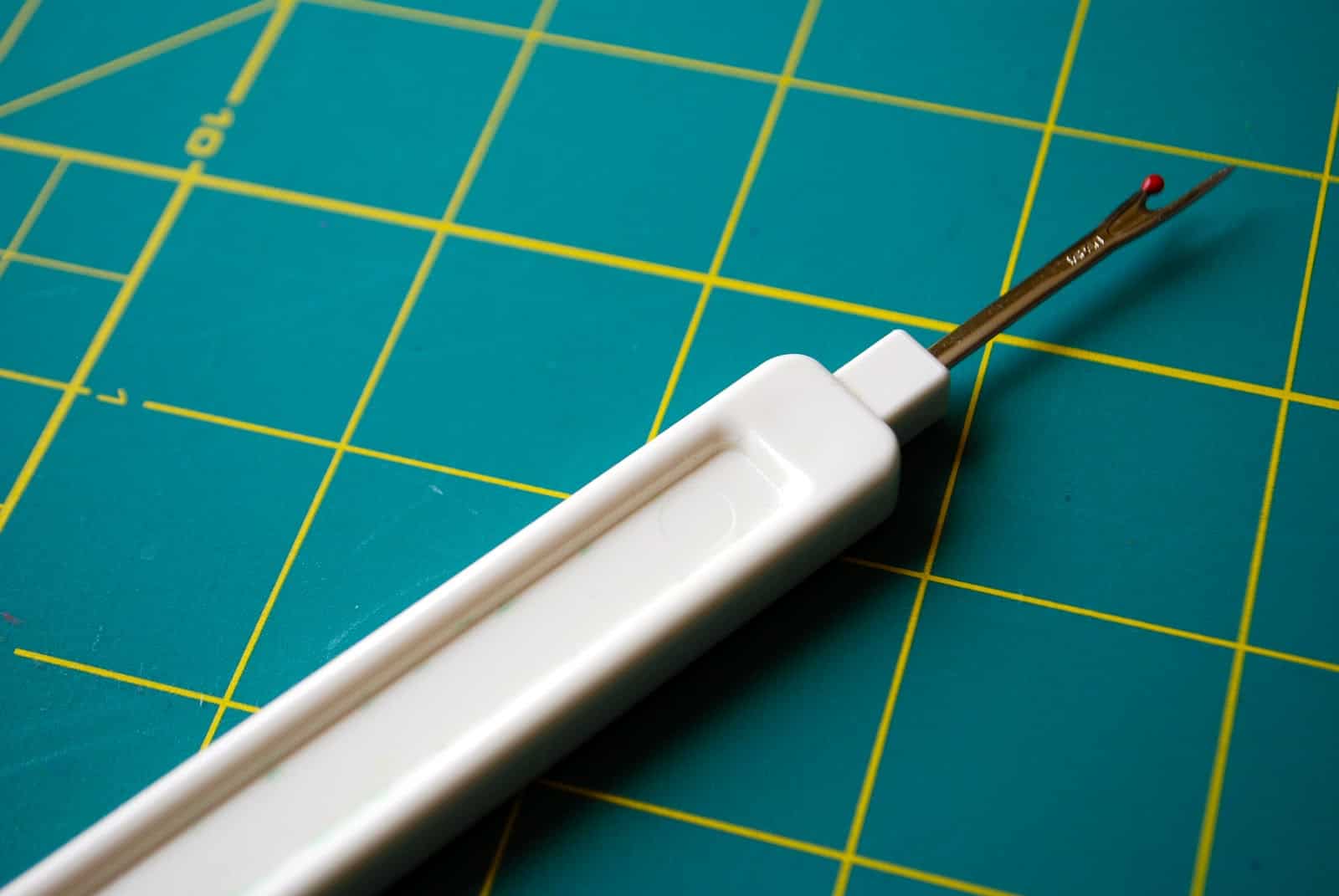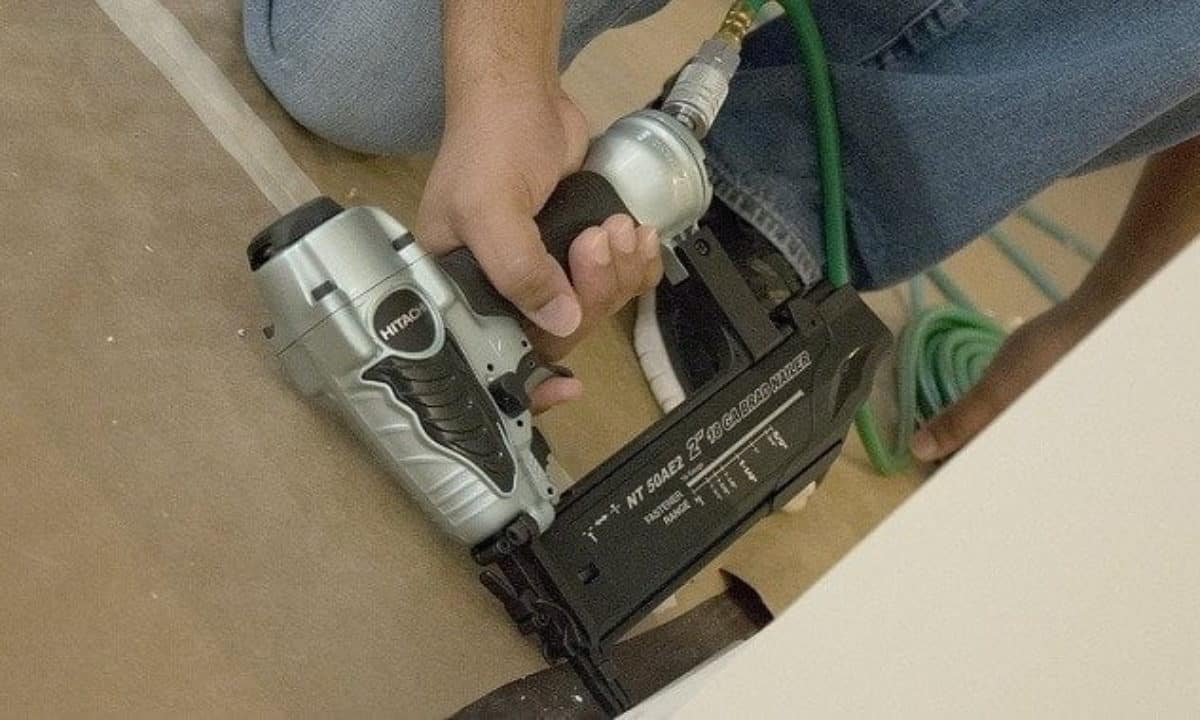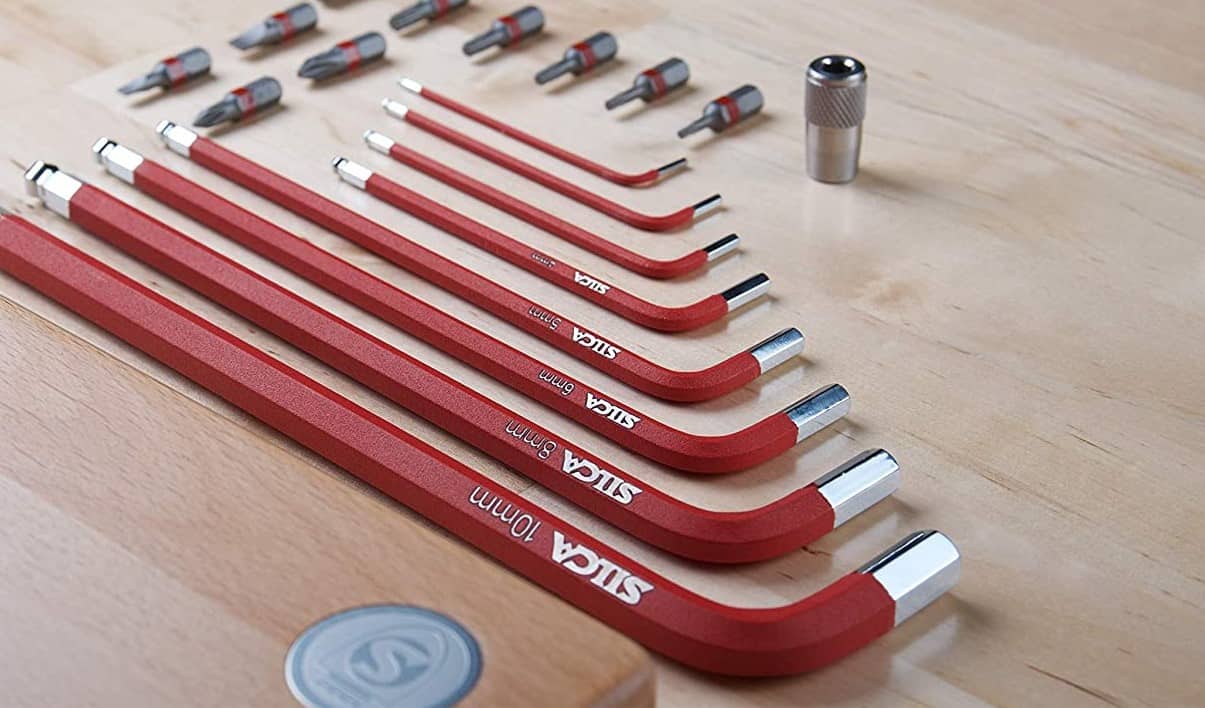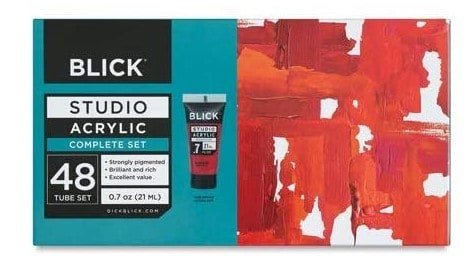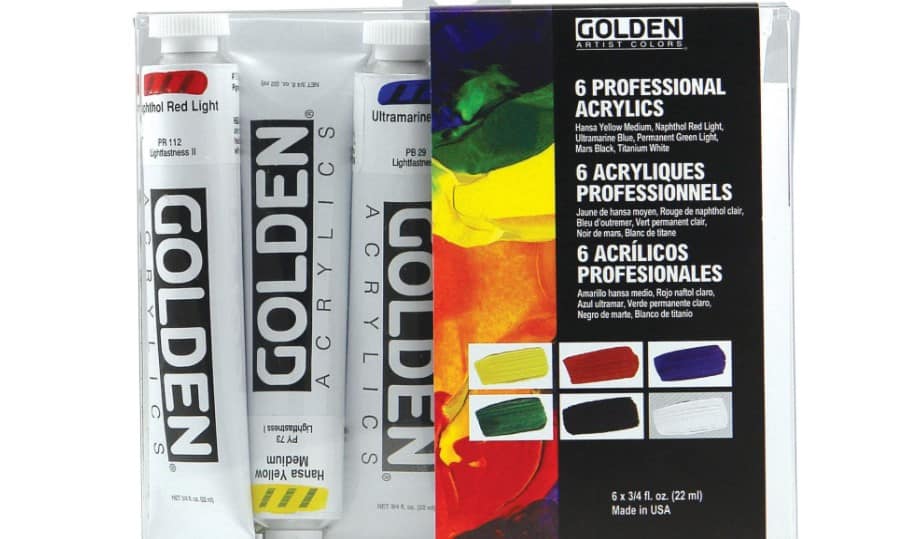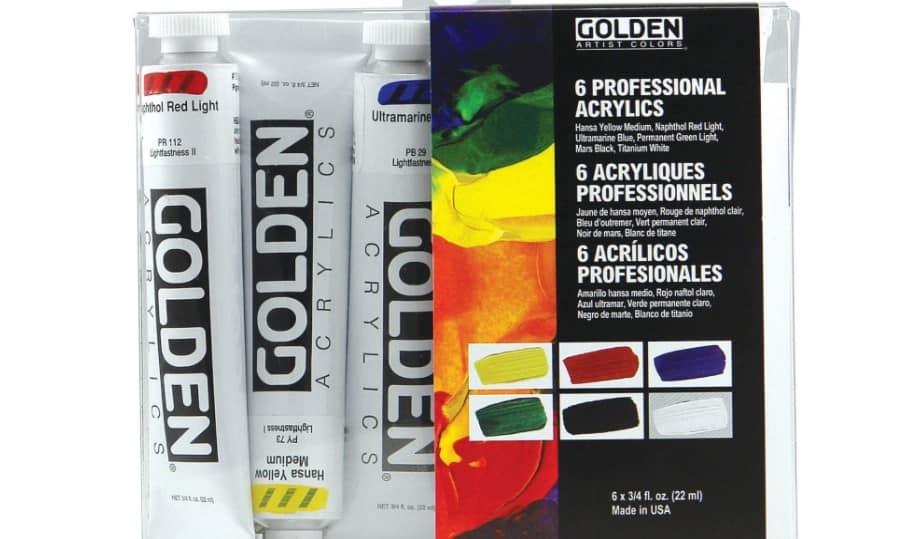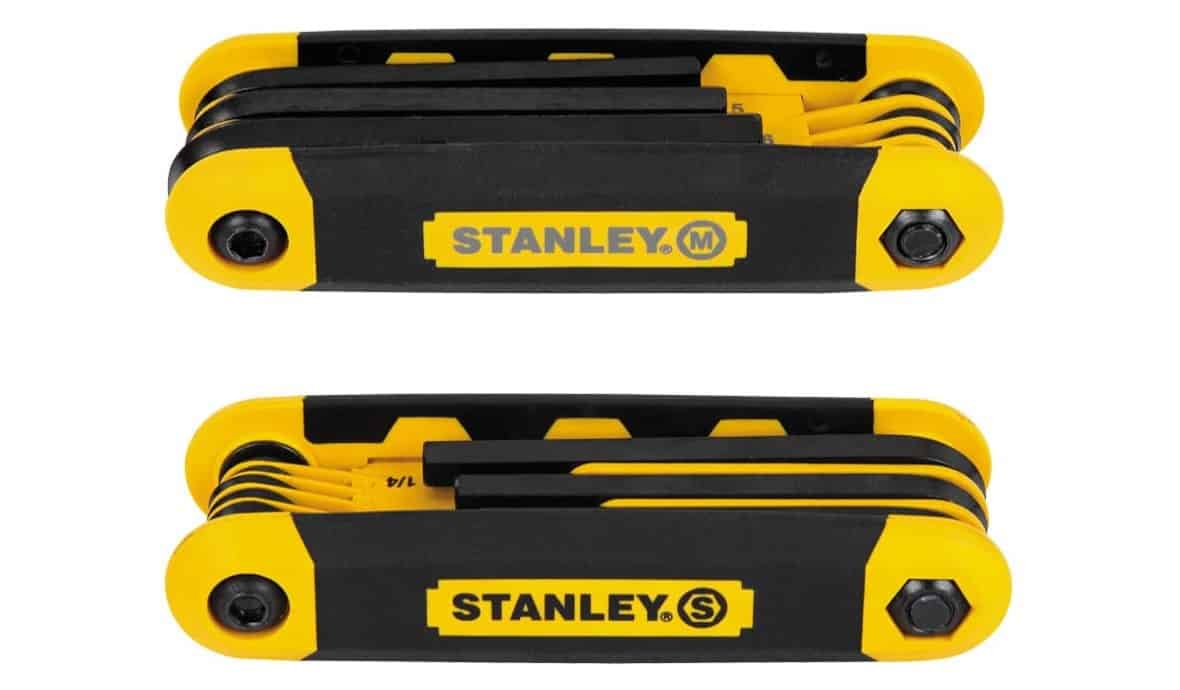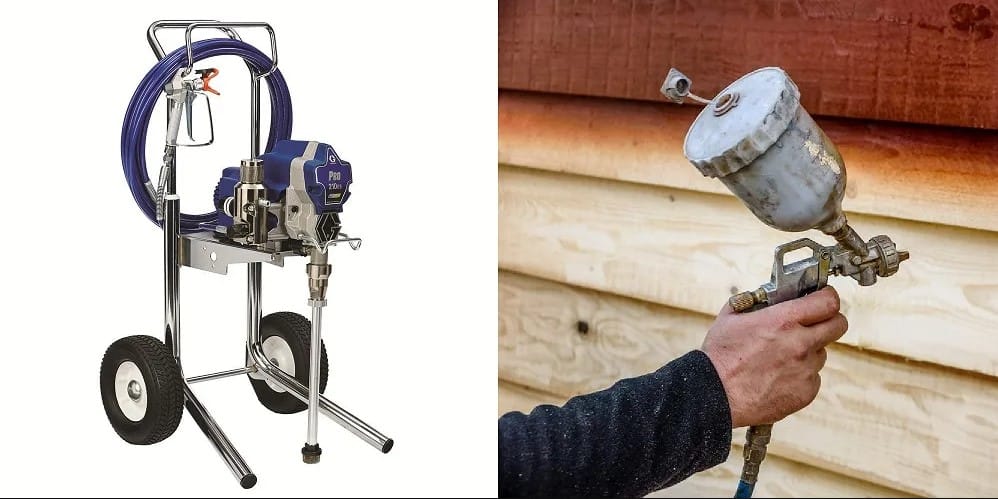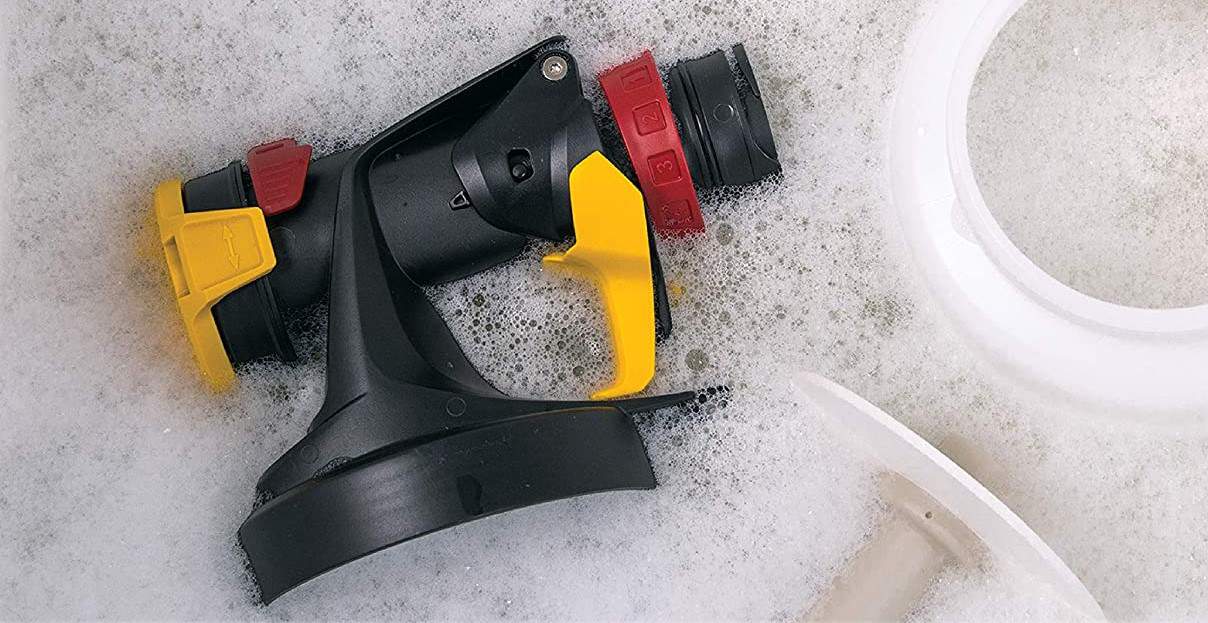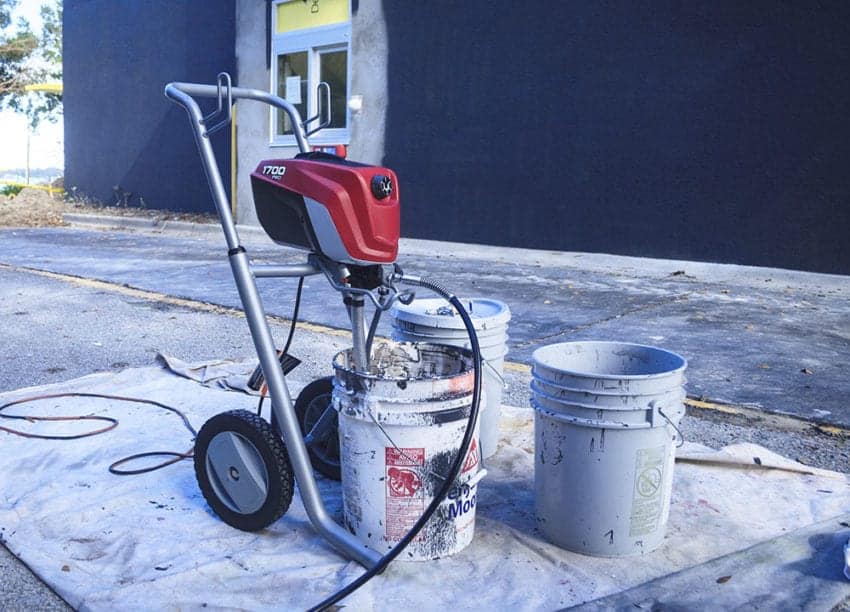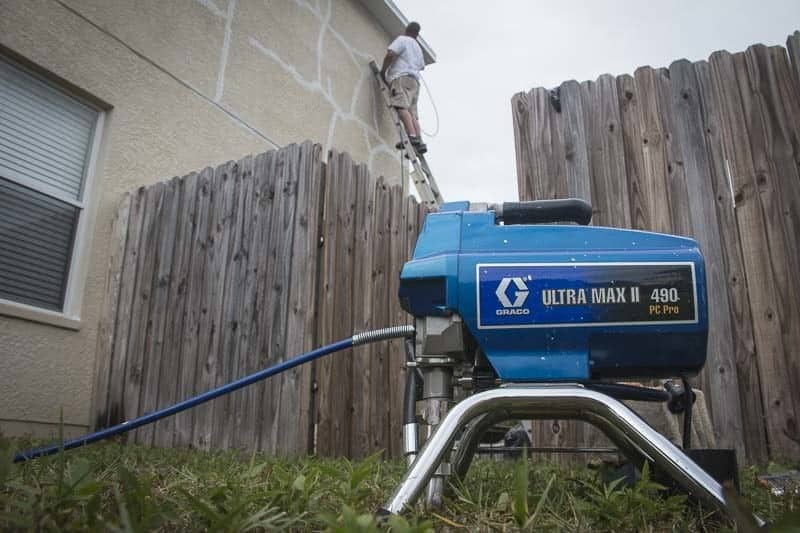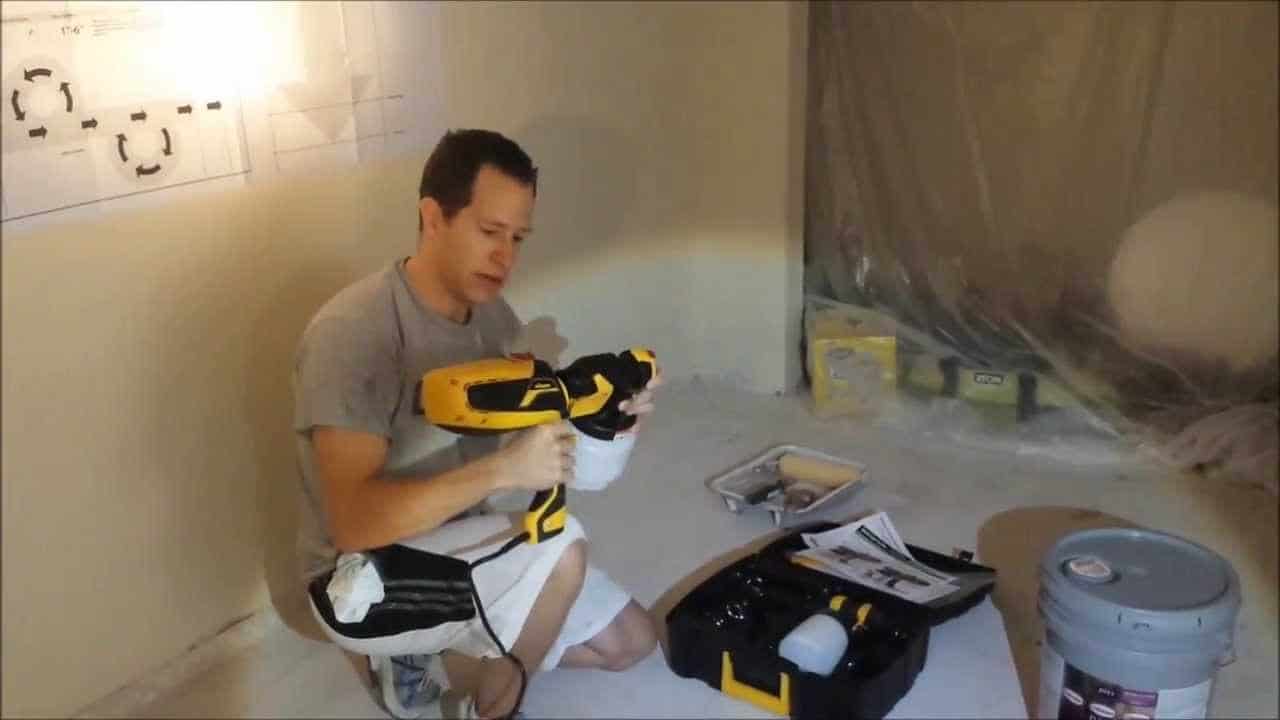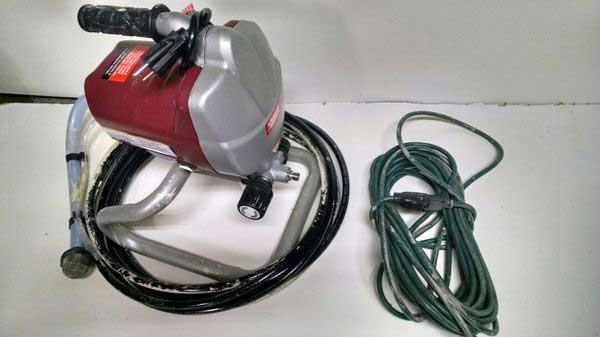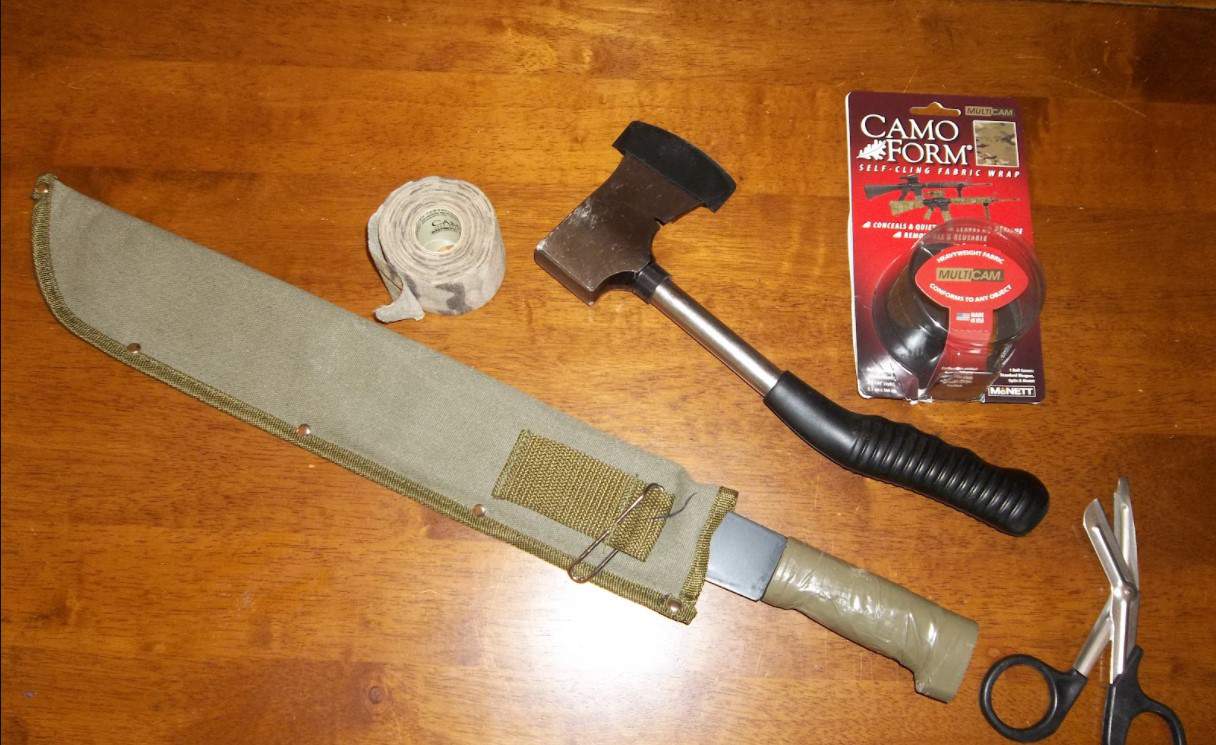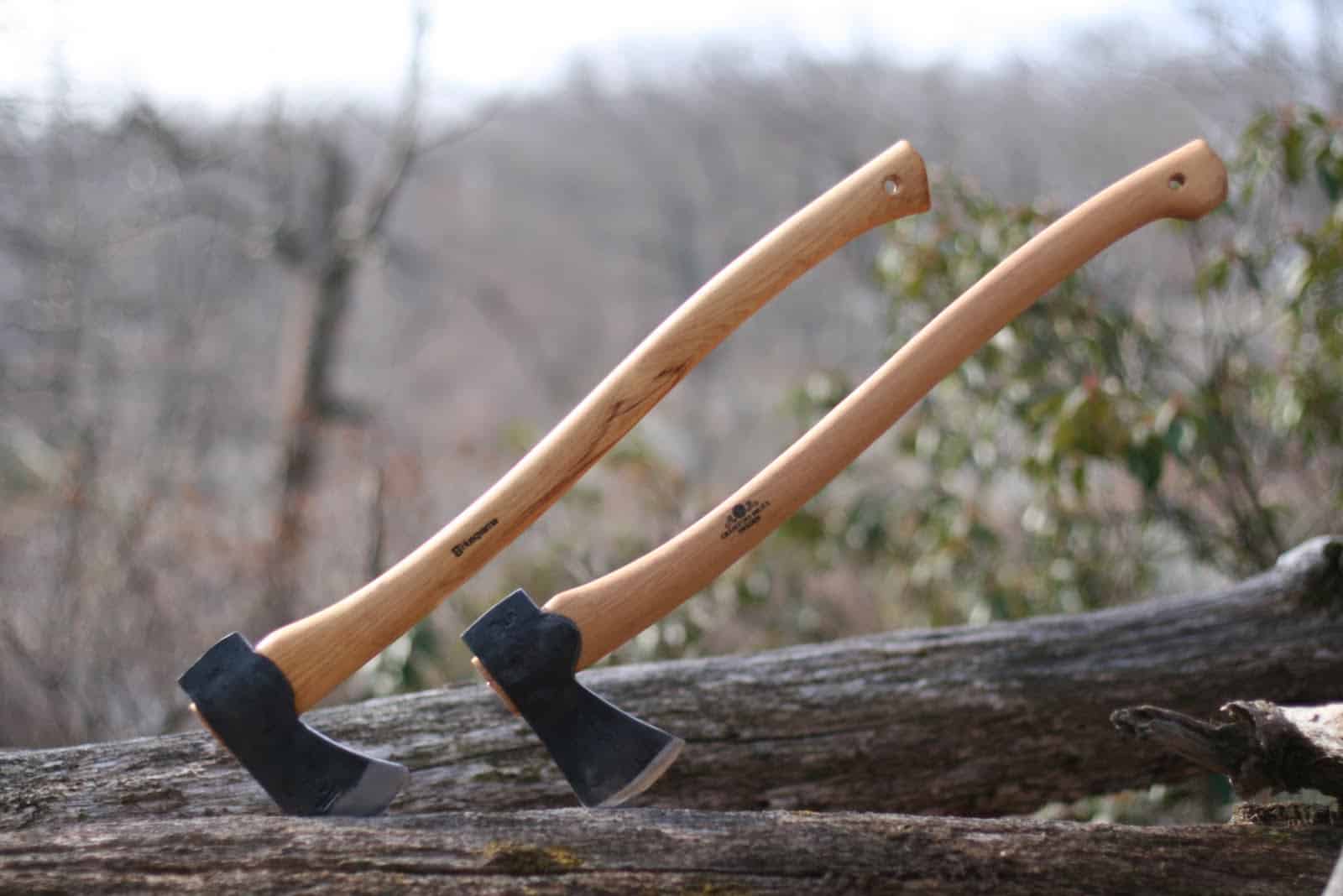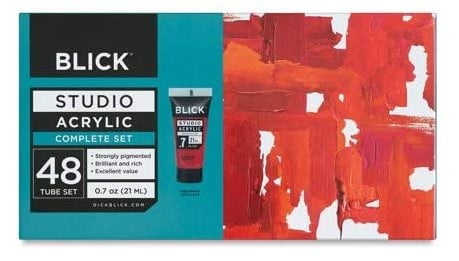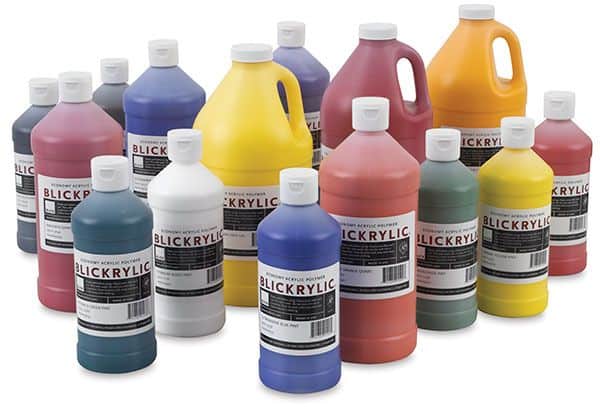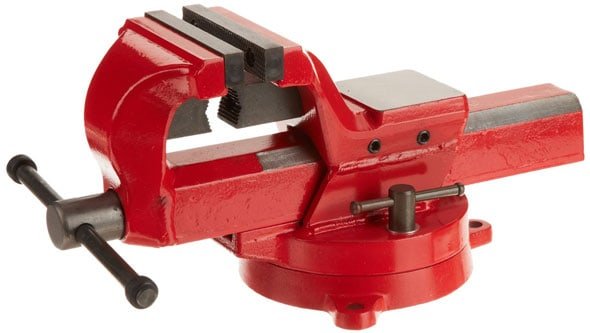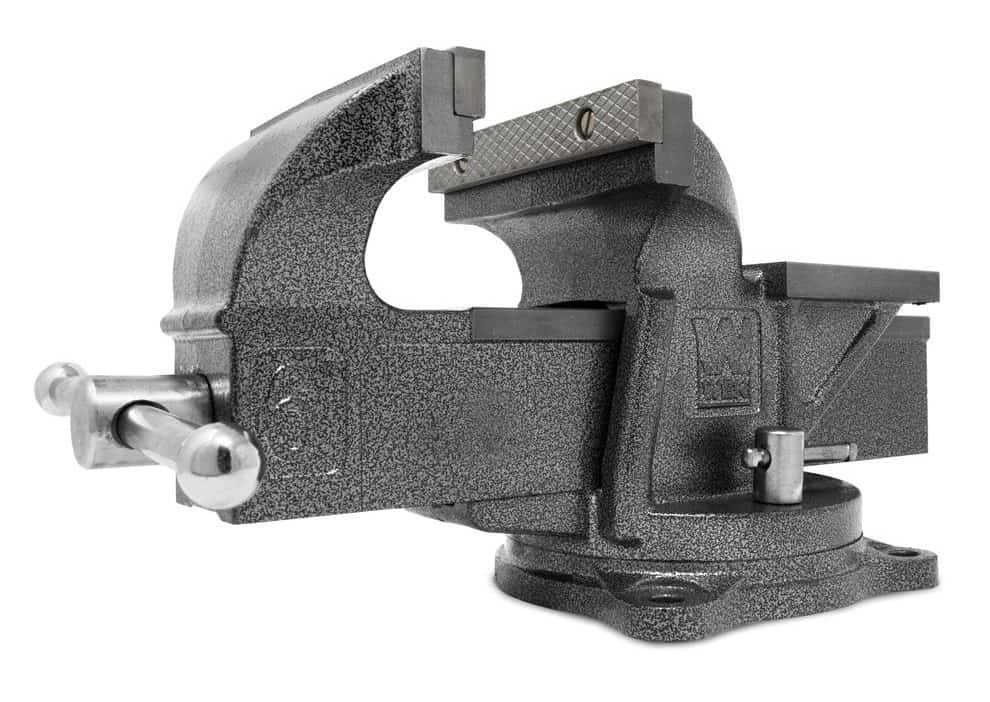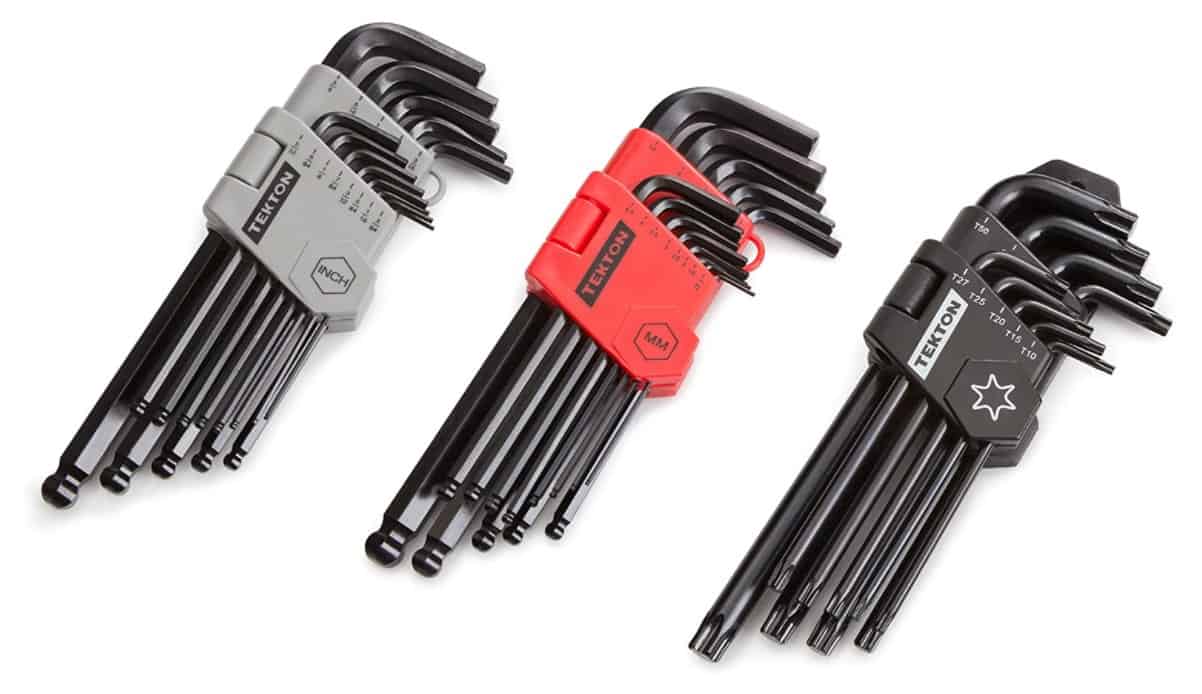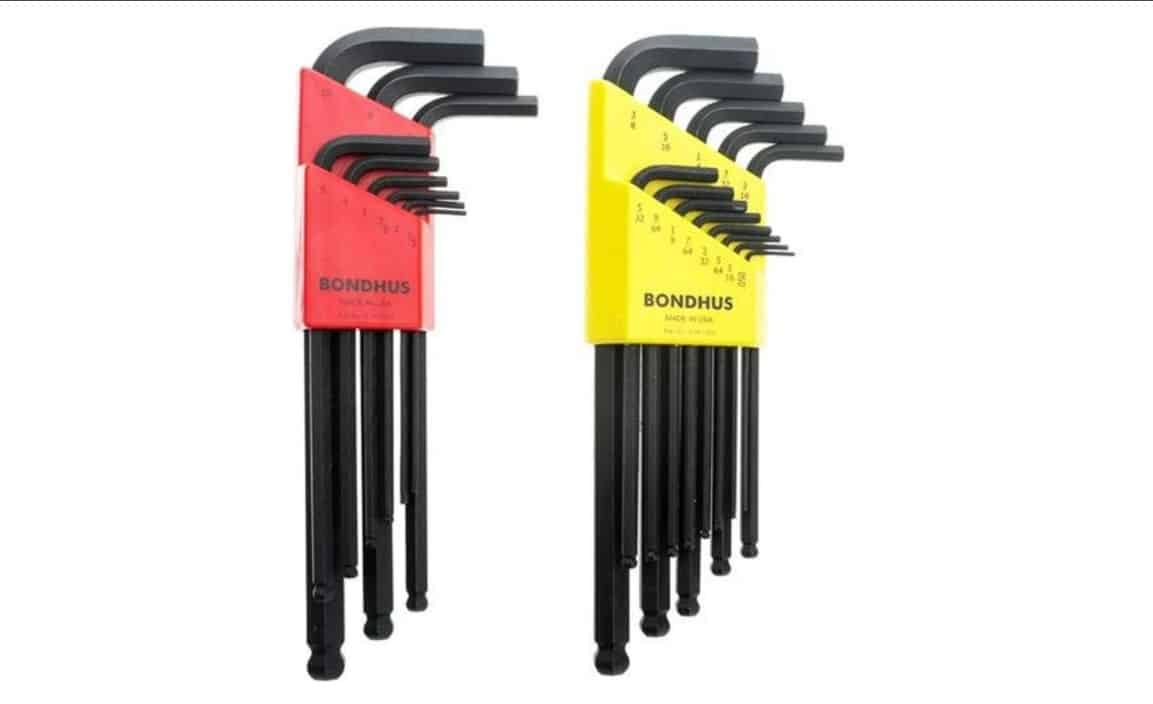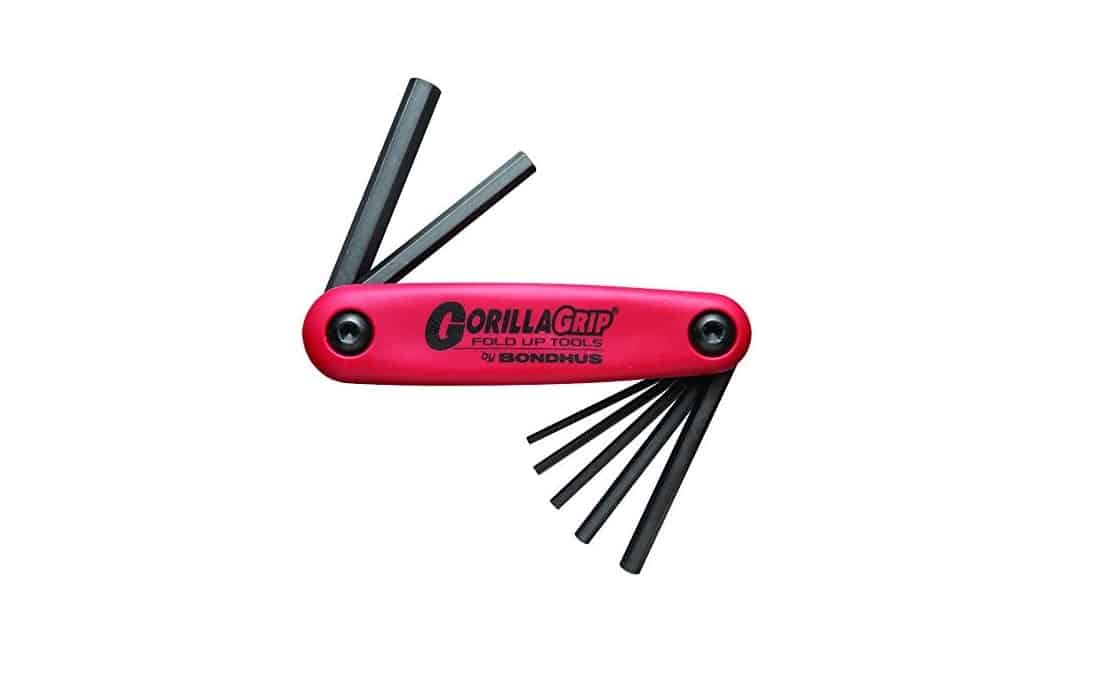To select the best thermal imaging camera out of thousands of products on the market, we considered high IR resolution, durability, wide temperature range, the ability for image enhancement and overlay, portability, and uses in various settings.
Ultimately, we decided that the FLIR C3 Compact Thermal Camera had to be our top pick. Aside from the fact that it’s Wi-Fi ready, all-purpose, and extremely durable, the FLIR C3 edged out the competition with its fantastic customization options. Read on to find out more about it and other quality tools available today.
Top 5 Best Thermal Imaging Camera
#1 FLIR C3 Thermal Imaging Camera with Wi-Fi
Award: Top Pick
WHY WE LIKE IT: Packed with useful features, the FLIR C3 is hands-down the best thermal imaging camera for extended, everyday use. It’s versatile enough to be used in a variety of situations and hardy enough to withstand environmental conditions.
- Extremely portable & durable
- Wi-Fi-enabled
- Excellent housing
- Memory not expandable
Measuring only 3.1” x 1” x 4.9”, the FLIR C3 compact camera definitely lives up to its name. The unit is pocket-sized, easy to carry, and encased in durable ABS plastic. Its powerful 80 x 60IR thermal sensor can detect temperatures from 14°F to 302°F. With this range, the FLIR C3 is more than capable of detecting high temperatures in both professional and casual, everyday settings.
Related: Compare this device with the best thermal cameras.
Its 3” touchscreen display is perfect for displaying sharp, crisp images — images that are further enhanced by FLIR’s cutting-edge MXS technology. What’s more, the FLIR C3 also has a normal visual camera mode. You can easily switch between both modes or overlay them for best results. Handy, hardy, and brimming with customization options, this is undoubtedly one of the best thermal imaging cameras that you can buy. This is a specialized camera though, so it won’t replace the best point-and-shoot camera.
#2 FLIR TG165 Spot Thermal Imaging Camera
Award: Honorable Mention
WHY WE LIKE IT: The FLIR TG165 is by far one of the best thermal imaging cameras for home inspection. It combines durability with a slew of useful features like a wide 50° field of view and dual laser points that make it perfect for professional fieldwork.
- Best budget
- 2-meter drop durability
- Expandable memory
- Batteries can’t be replaced
An incredibly intuitive mix of single spot infrared thermometers and traditional thermal cameras, the FLIR TG165 deserves this honorable mention. Equipped with and FLIR’s exclusive Lepton® micro thermal sensor technology, the calibration and thermal recognition onscreen are superb. It has an 80 x 60 resolution and a wide temperature range of -13°F to 716°F. It easily detects those easy-to-miss hot and cold spots for real-time troubleshooting.
Related: Discover more about the best tile saws.
We also liked that the expandable memory storage (up to 8GB) allows you to immediately store data and images for future use. Other notable features include its rechargeable battery (one charge lasts you 30 days, minimum), quick-capture trigger system, and incredible 2-meter drop durability. Despite its deceptively compact size, the TG165 is capable of withstanding harsh, demanding environments. Check out another compact thermal imaging camera under the same brand: the FLIR C2. This convenient thermal imager has a battery life of 2 hours. You can also read about the best mirrorless camera for your other camera needs.
#3 Seek Thermal Reveal Thermal Imaging Camera
Award: Honorable Mention
WHY WE LIKE IT: This pick’s precision, calibration, and functions make it the best thermal imaging camera for hunting. With a 206 x 156 thermal sensor, 36° field of view, and 500-ft capture distance, this camera was made for capturing and displaying true-to-life images in thermal.
- Powerful, intuitive thermal insight
- Bright flashlight (300 lumens)
- Great detection from -40F° to 626°F
- Won’t survive high drops
When it comes to image capture and display, the Seek Thermal Reveal shines. It has a 7 color palette display that offers crisp, defined pictures for easy scan and review. Its fixed-focus lens, 36° field of view, -40F° to 626°F detection range, and 300 lumens flashlight ensure it can pretty much work in any environment, under almost any condition. Its only drawback is that a high enough drop could damage it. But beyond that, it should be able to take some jostling.
The Seek Thermal Reveal is a high-performing, all-purpose thermal imaging camera that anyone can use anywhere. For professionals, it can track heat-related issues like energy loss, water damage, mechanical failures, and so on. For casual, domestic use, it’s perfect for DIY contracting or engineering projects. For underwater use, check out the best underwater camera. Another one of the best thermal imagers on Amazon.com is the FLIR ONE Pro for your smartphone, which offers 4x the native image resolution of the FLIR ONE Pro LT.
#4 Hti-Xintai HT-18 Thermal Imaging Camera
Award: Best Durability
WHY WE LIKE IT: Ideal as a thermal imaging camera in firefighting, this pick’s durability and performance are off the charts. It has 5 color palettes, advanced hot spot recognition and focus, intuitive temperature reading, and enhanced image overlay — all within a very durable handheld.
- Great for fire fighting
- Intuitive hot spot recognition
- Great resolution for its size
- Interface could be better
One of the most durable models we’ve found so far, the HT-18 thermal camera puts up a powerful performance. This surprisingly substantial unit’s resolution of 220 x 160 and range of -4F° to 572F° make it a good investment. It intuitively detects hotspots and gives out three temperature readings: spot, high, and low temperatures. The battery lasts quite long, and the built-in 3GB storage is large enough. It’s also easy to maneuver, making it the best thermal imaging camera for termite detection.
The HT-18’s enhanced image overlay plus the combination of an infrared with a visible light camera makes for some very accurate location reporting. And aside from its tough ABS build, the camera comes with a screen protector, drop-resistant bag, and lens cover. Overall, a perfectly durable and portable thermal camera that won’t have any problem competing with other models. Of course this is not what you want for the best vlogging cameras under 300. Another Hti-Xintai thermal image camera is the 320 x 240 IR Resolution Thermal Camera, which features a wider perspective and refresh rate of 10 Hz. However, this thermal imager does not include a micro SD card slot.
#5 PerfectPrime IR0005 Thermal Imaging Camera
Award: Best Quality
WHY WE LIKE IT: The PerfectPrime IR0005 is the best thermal imaging camera for water leaks. With pretty standard but still impressive specs and above-average performance, it’s a robust thermal camera that can be used in a myriad of applications.
- Excellent for water leaks
- Wide temperature range (-4°F to 572°F)
- Highly portable & intuitive image overlay
- Images can appear small on-screen
The PerfectPrime IR0005 is a great model to purchase for curious users or homeowners investing in DIY HVAC, electrical, or engineering home projects. It’s small, durable, and works in a pinch.
The PerfectPrime has a 3GB storage, image overlay, and 5 color palettes. It also offers a rechargeable battery and a durable travel case. It displays high-resolution images with 35,200 pixels — not bad for a 3.2” screen. The IR0005 is the best model for casual home use with its easy navigation and high portability. You might also be interested in the best spy camera.
How We Decided
Image capture and display is everything when it comes to thermal imaging cameras. We wanted cameras that can clearly define objects from their environment, especially for pinpointing unusual hotspots or energy readings. That’s why any model that didn’t have an above-average image display and capture was immediately taken out.
Once we thinned out the list, we then moved on to portability. We know that lugging around heavy equipment can be both tiring and worrying — especially if said equipment costs hundreds of dollars. The best thermal imaging camera would be pocket-sized or would fit neatly in the palm of your hand, but we made an exception for thermal imaging cameras with attached grips or handles.
Anything that we found to be too heavy, too big, or too oddly-shaped to be portable was struck from the list. The question we tried to answer for this category was, “Do we see ourselves comfortably lugging this around for more than an hour?” Anything we said “yes” to, we prioritized.
Finally, we focused on versatility. We asked ourselves: Is this thermal camera only suited for professional work, and therefore too complex for everyday use?
We also considered whether the unit is too simple or too basic for professional projects or any sort of fieldwork. We wanted to recommend models that struck the perfect balance between features, functionality, and accessibility.
Our ideal unit was one that both a homeowner with basic knowledge of thermal imaging and a professional with day-to-day engineering/plumbing/HVAC projects could use. As much as possible, we didn’t want any group to feel closed off from the options presented here.
Best Modern Buyer’s Guide
The Most Important Factors to Consider
- IR Resolution
Make sure you look for the thermal resolution and not merely the display resolution of the camera. With pixel resolutions, the higher the number, the clearer the image it can produce. 80 x 60 (4,800 pixels) is usually the basic standard for imaging cameras. - Temperature Range
Wider temperature ranges improve the chances of more precise reading. Choose a thermal camera that captures images within the temperature range that your environment is typically in. For instance, a range of 15°F to 300°F usually covers the average home environment. For professional settings, a wider range of -40°F to 600°F is more preferred. - Image Overlay
This refers to the camera’s ability to combine visible light images with thermal images. This comes in handy when pinpointing anomalies or for sharing information with other people, such as clients and colleagues. - Durability
Portable and compact devices are often the ones most in need of some serious damage insurance. That’s why durability is an important feature to consider. There are some models, like FLIR TG165 that we mentioned earlier, that have a drop durability rating or assurance. Those are definitely ones you want to watch for. - Longevity
If you’re doing regular fieldwork or traveling, you may want to invest in a thermal imaging camera that doesn’t need constant charging. There are models out there that can go for 20-30 days between charges, depending on your usage. There are also models out there that can barely go 24 hours, even with light usage. These are the ones you want to avoid. As much as possible, choose a thermal imaging camera with good, rechargeable batteries. The alternative is a unit with an easily accessible battery dock for you to replace them every time they run out. This is a fine option if you’re only going to be using the camera for a finite time frame, like for a field trip or a DIY home improvement gig. But if you’re looking to invest in something you can use repeatedly over the years, get a rechargeable one.











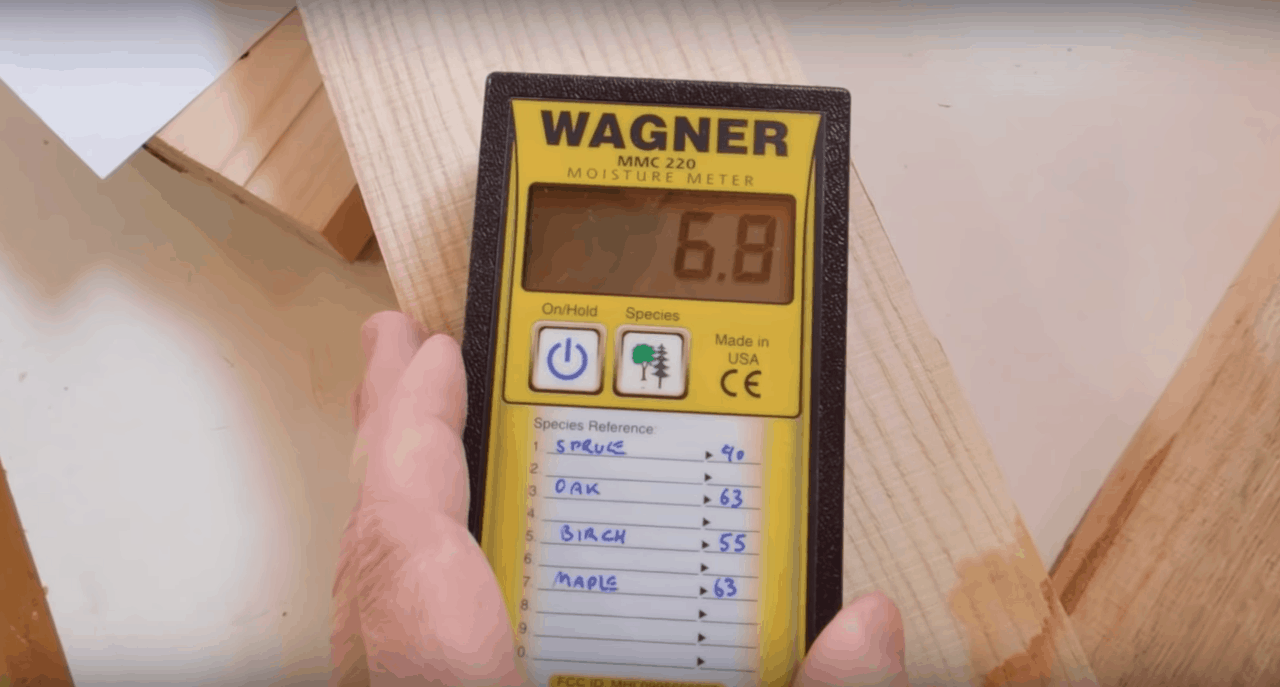
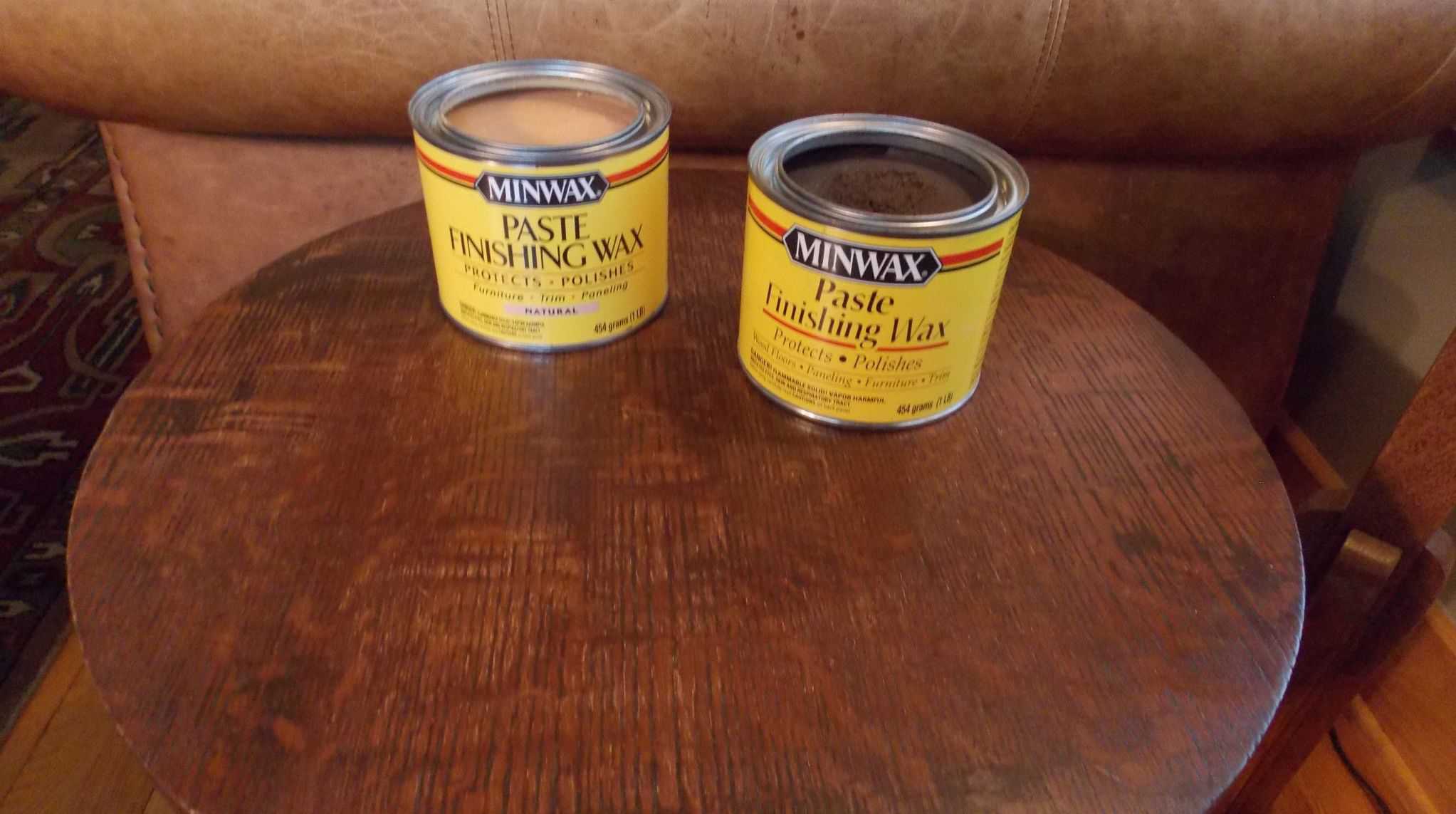

![7 Best Grease Guns in [year] 14 7 Best Grease Guns in 2026](https://www.gadgetreview.dev/wp-content/uploads/best-grease-guns-1.png)
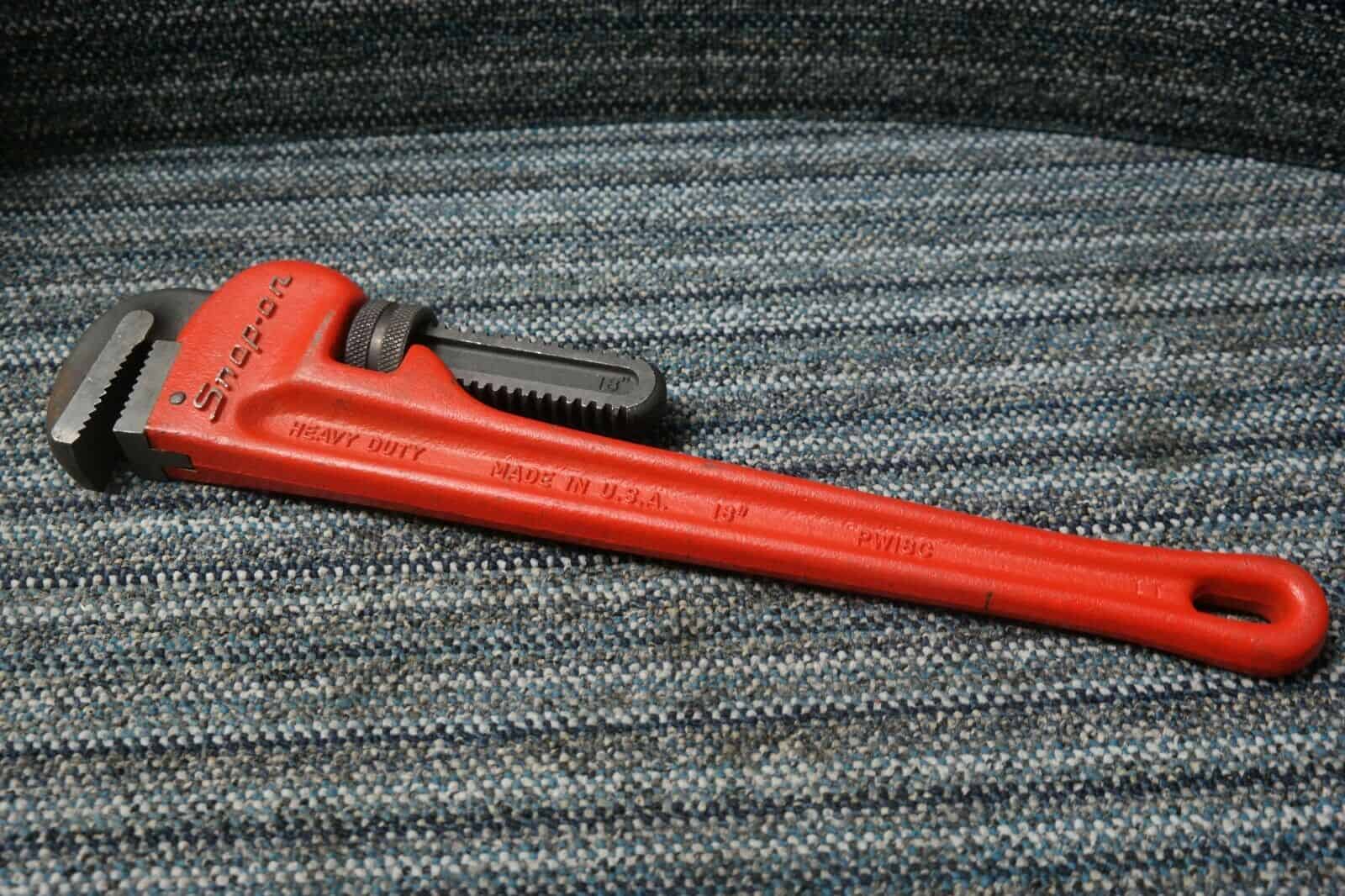
![7 Best Cable Clips in [year] 16 7 Best Cable Clips in 2026](https://www.gadgetreview.dev/wp-content/uploads/Cable-Clips.jpg)
![4 Best Robotic Window Cleaners in [year] 17 4 Best Robotic Window Cleaners in 2026](https://www.gadgetreview.dev/wp-content/uploads/best-robotic-window-cleaners.jpg)
![7 Best Leather Welding Gloves in [year] 18 7 Best Leather Welding Gloves in 2026](https://www.gadgetreview.dev/wp-content/uploads/best-leather-welding-gloves.jpg)
![7 Best Stainless Steel Cleaners in [year] 19 7 Best Stainless Steel Cleaners in 2026](https://www.gadgetreview.dev/wp-content/uploads/best-stainless-steel-cleaner.png)
![7 Best Portable Closets in [year] 20 7 Best Portable Closets in 2026](https://www.gadgetreview.dev/wp-content/uploads/best-portable-closet.jpg)
![5 Best Pole Saws in [year] 21 5 Best Pole Saws in 2026](https://www.gadgetreview.dev/wp-content/uploads/best-pole-saw.jpg)
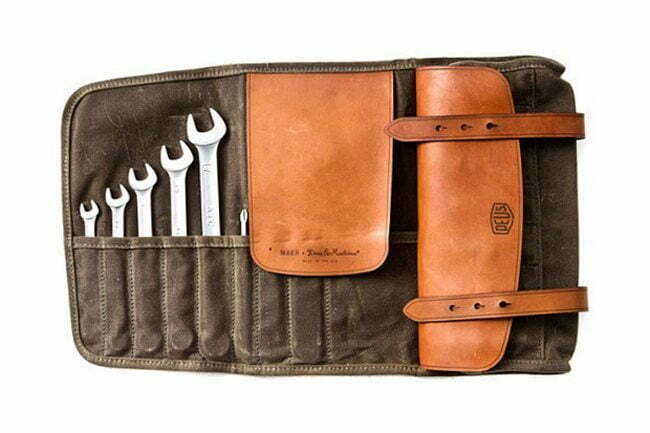
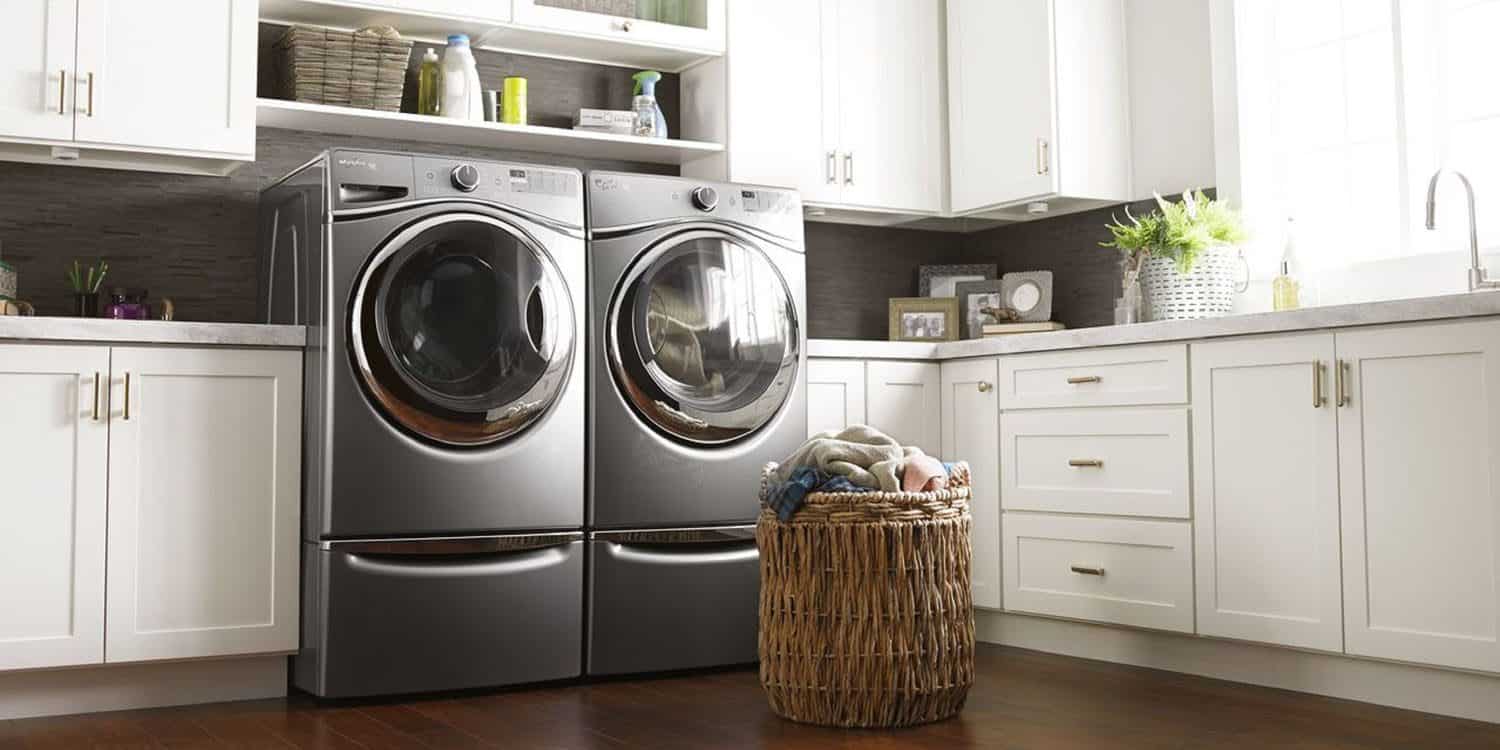
![7 Best Adjustable Wrenches in [year] 24 7 Best Adjustable Wrenches in 2026](https://www.gadgetreview.dev/wp-content/uploads/best-adjustable-wrench.jpg)
![6 Best Thermal Cameras in [year] 25 6 Best Thermal Cameras in 2026](https://www.gadgetreview.dev/wp-content/uploads/best-thermal-cameras.jpg)
![6 Best Speaker Shelfs to Enhance Your System in [year] 26 6 Best Speaker Shelfs to Enhance Your System in 2026](https://www.gadgetreview.dev/wp-content/uploads/best-speaker-shelf-to-enhance-your-system.jpg)
![7 Best Magnetic Screen Doors in [year] 27 7 Best Magnetic Screen Doors in 2026](https://www.gadgetreview.dev/wp-content/uploads/best-magnetic-screen-door.jpg)
